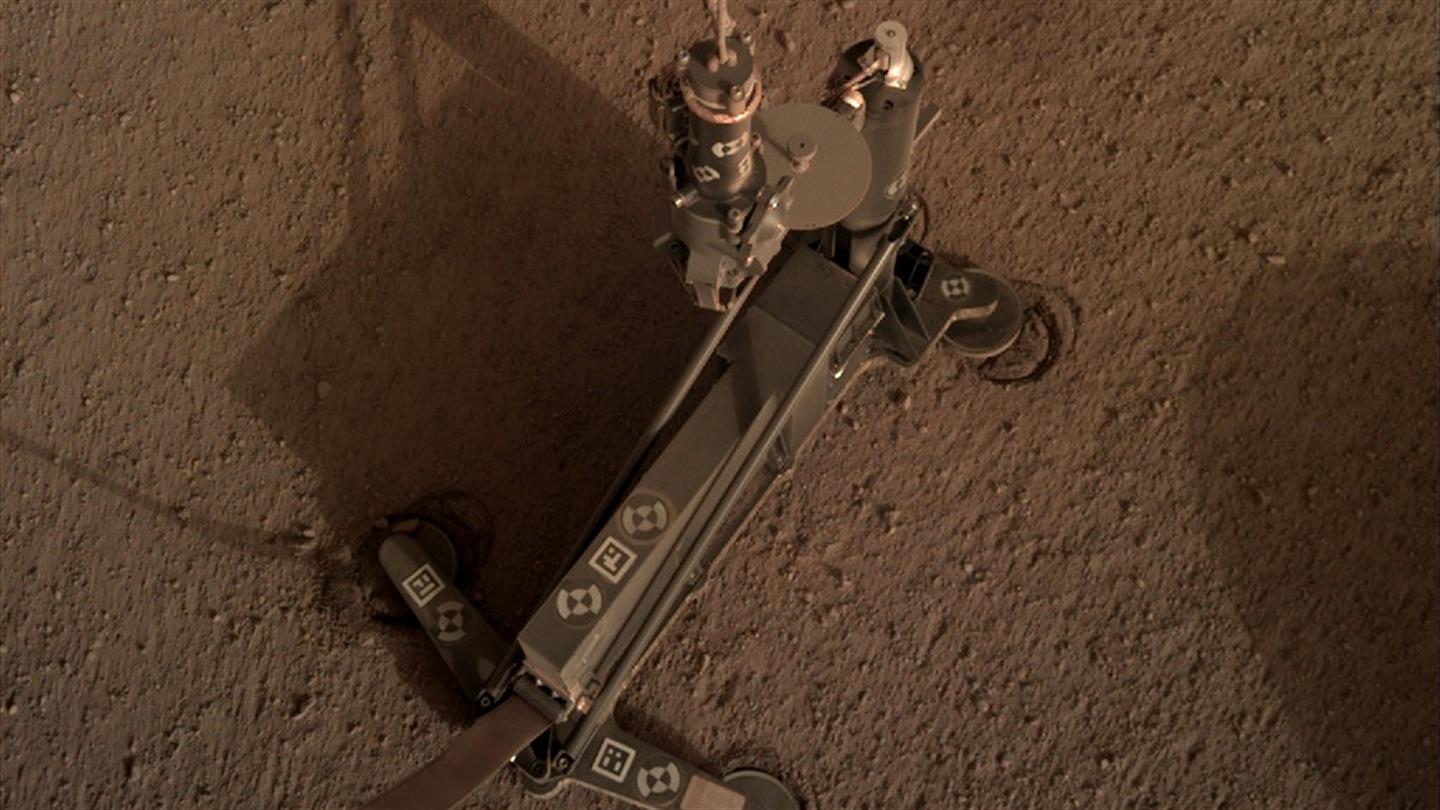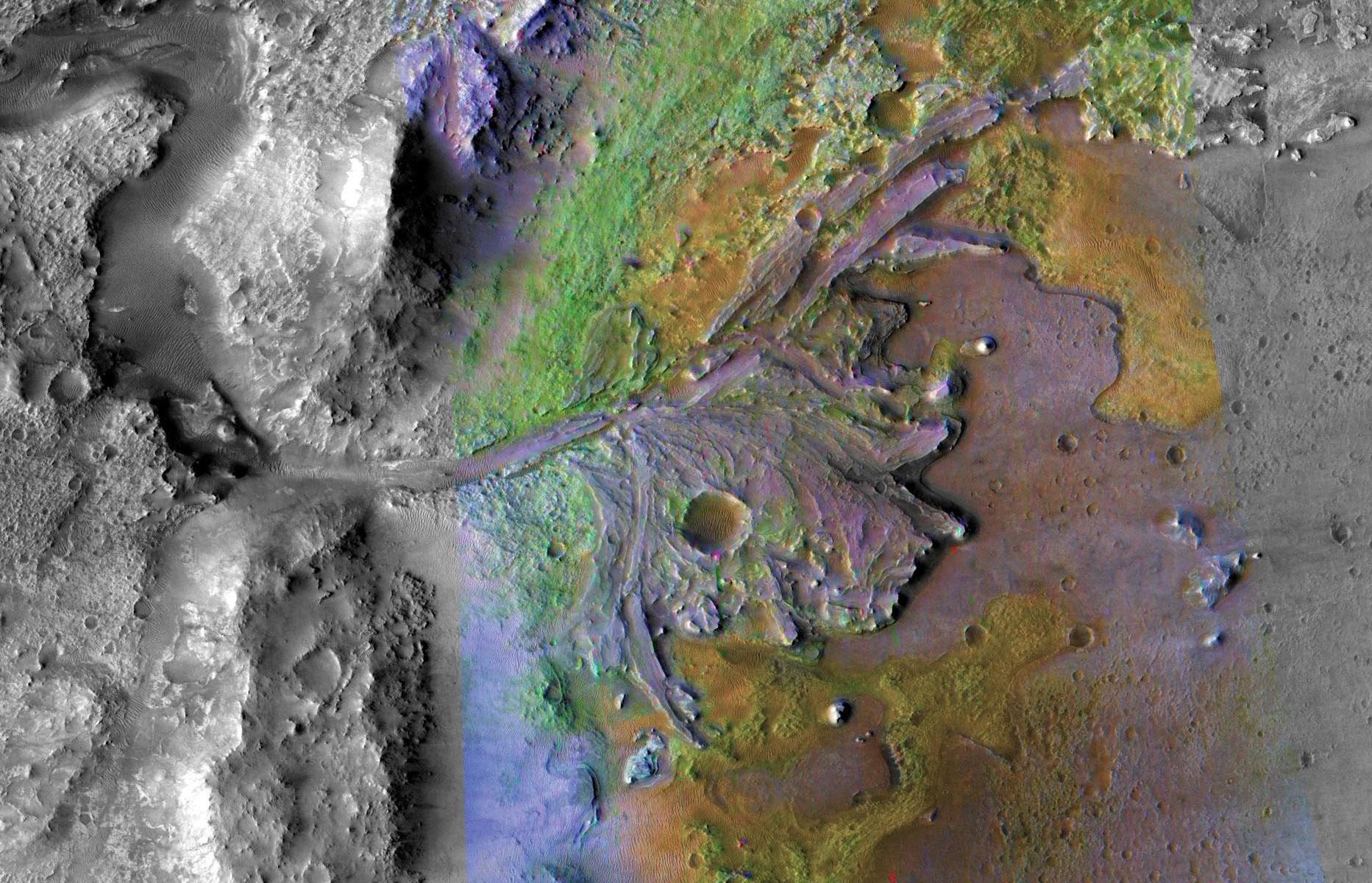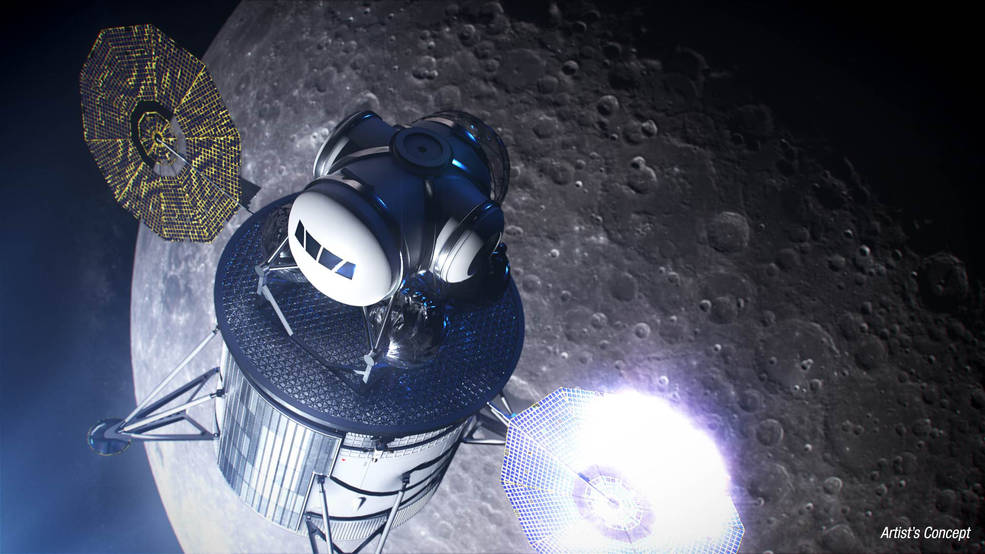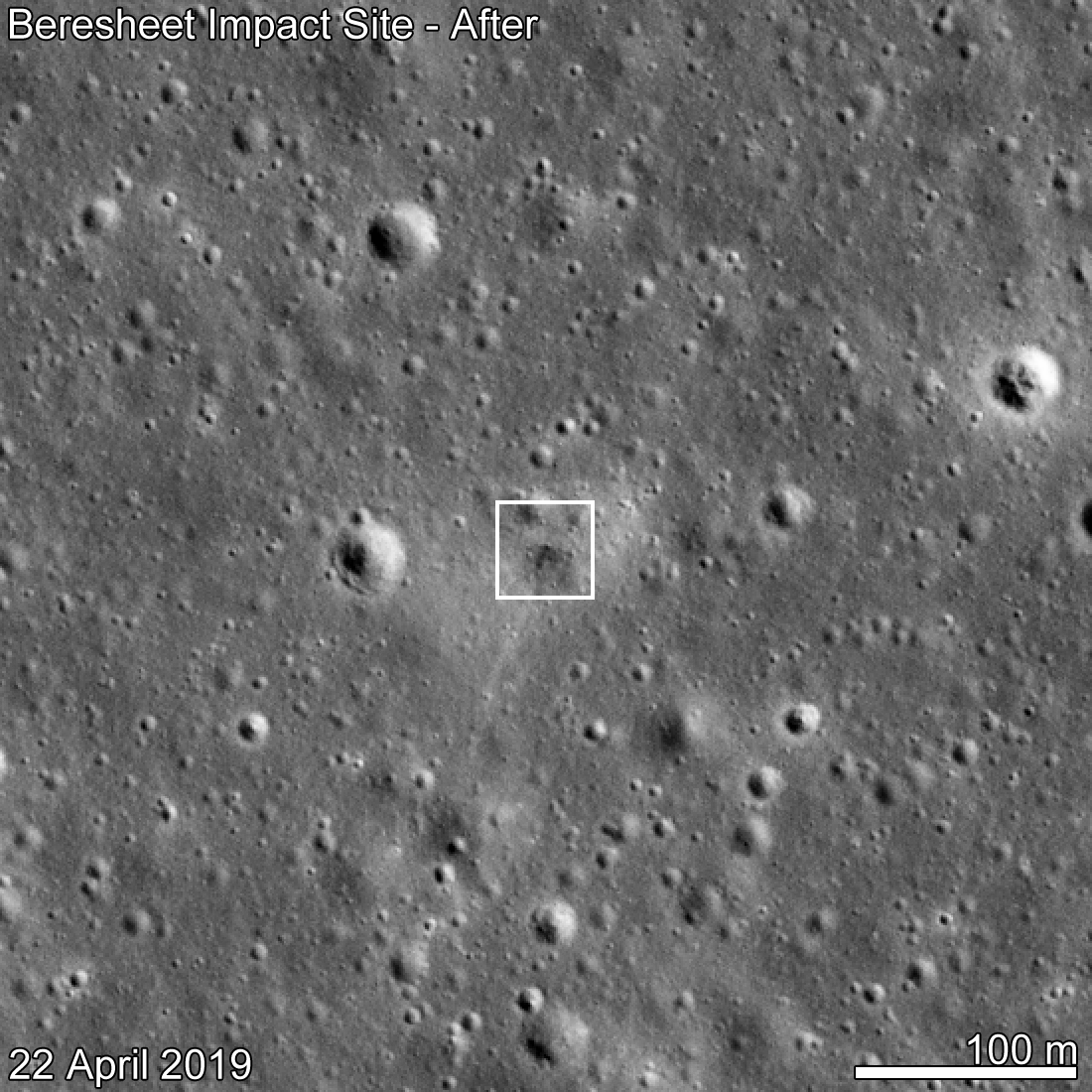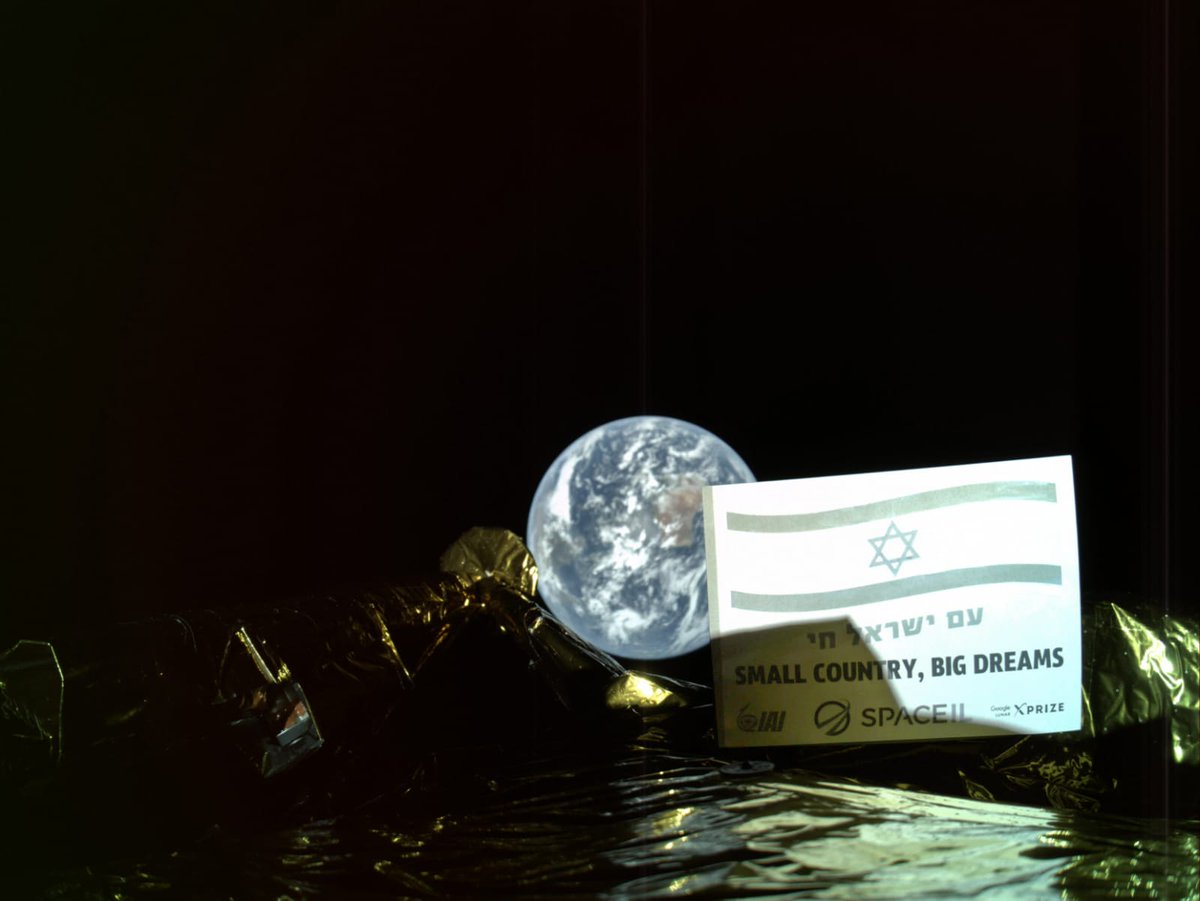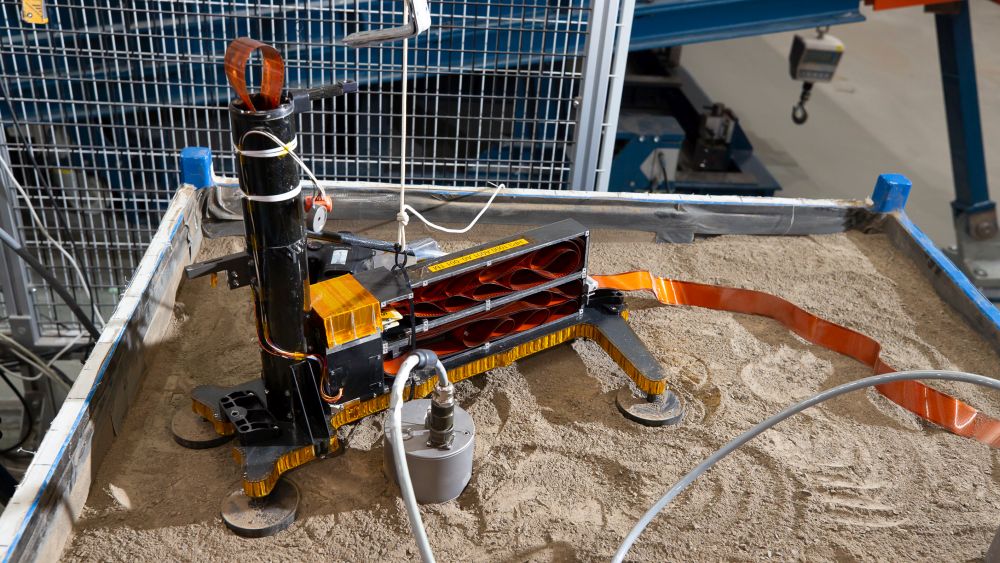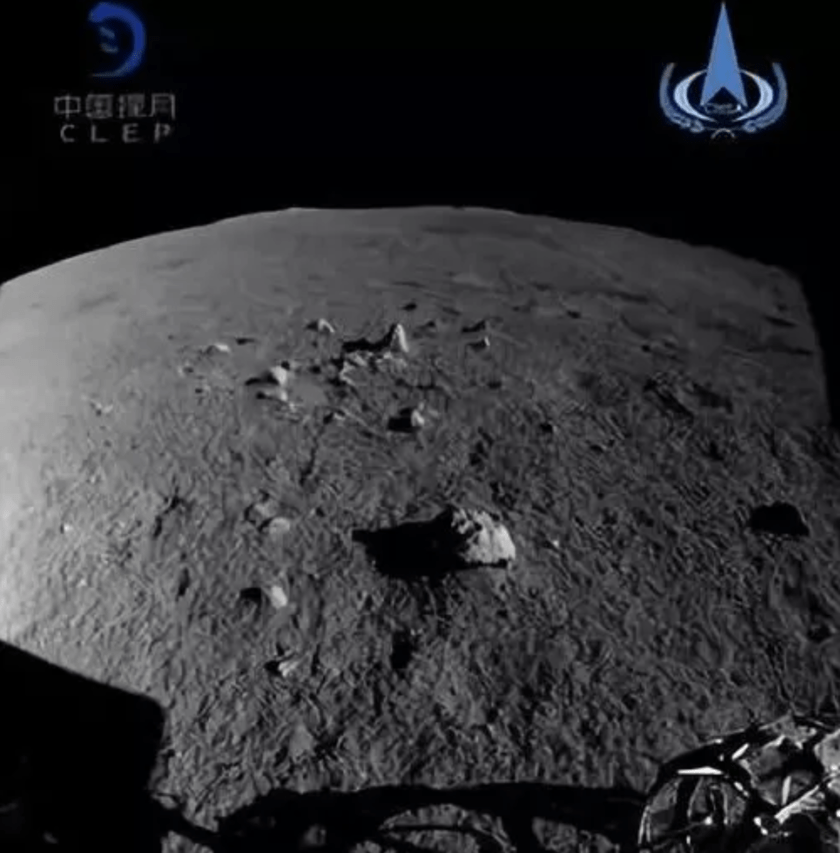NASA’s Mars InSight Lander was always a bit of a tricky endeavour. The stationary lander has one chance to get things right, since it can’t move. While initially the mission went well, and the landing site looked good, the Mole is having trouble penetrating deep enough to fulfill its mission.
Continue reading “Engineers are Still Troubleshooting Why Mars InSight’s Mole is Stuck and Won’t Go Any Deeper”Engineers are Still Troubleshooting Why Mars InSight’s Mole is Stuck and Won’t Go Any Deeper
